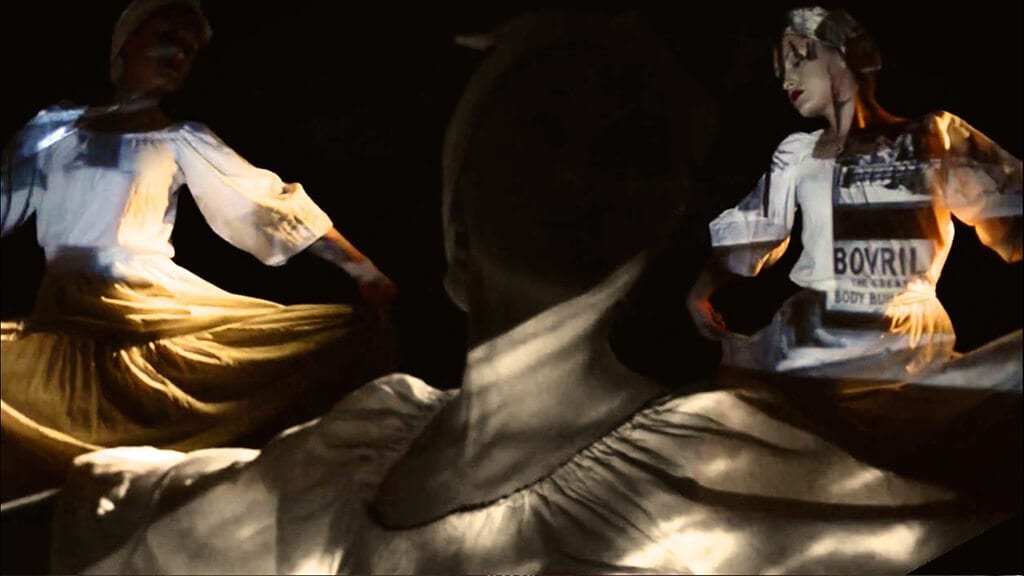Inspired by the recent production of Tarantella,
written, directed and produced by Elizabeth Bowe
and staged at the Omnibus Theatre on Friday 2nd September 2016.
As a theatre translator and specialist in Sicilian dialect literature, my research has explored how Sicilian theatre has been translated in Britain. Recently, we have seen a number of plays situated in Sicily re-worked and re-fashioned for British audiences. In 2013, Pirandello’s dialect play Liolà (1916) was staged at the National Theatre in a new version by Tanya Ronder under the direction of Richard Eyre. In this production, the Sicilian play was performed by a cast employing an Irish accent. What was translated in this production, then, was not just Pirandello’s play from Sicilian into English, but the concept of Sicily as an island intrinsically linked with Ireland. From a socio-linguistic point of view, the parallel between the two islands suggests that, instead of being written in the official language, the original script uses a kind of sublanguage (which is the case with Pirandello’s dialect play). By introducing this element, the production was able to convey the message that the country-folk characters were from a marginalized community and a territory detached from the mainland, without having to involve the Sicilian dialect itself. From a more historical and cultural perspective, the artistic choice resonates even more so owing to the fact that both Sicily and Ireland have had a somewhat difficult history with their ‘major’ counterparts.
The translation of Liolà’s ‘otherness’ continued to develop through the involvement of a further subculture: the Roma community. The production featured a live Roma band arranged by Orlando Gough. The band opened the play with Mita (performed by Lisa Dwyer Hogg) frenetically involved in a tarantella which resembled an exorcism. The traditional dance is based on the legend of the tarantola which, after biting its prey, sends its victims (usually women) into a state of hysteria and subsequently a melody is played to literally make them dance their way back to life. The women who were mostly affected by tarantismo were, according to Ernesto De Martino (1959), women who ‘had histories of early love that had been frustrated or impeded’ (p. 19), a characterization which rings true with the young Mita and her fruitless marriage with the elderly Zio Simone. But here emerges another curious aspect: historically, though the tarantella is a popular dance in Sicily, its actual roots are not Sicilian but from Puglia in Southern Italy. The translation process involved here, therefore, arguably shifts away from translating ‘Sicilian-ness’ and moves more towards translating the notion of ‘Italian-Southern-ness’ or ‘Mediterranean Southern-ness’ in general.
This image of ‘Southern-ness’ rather than ‘Sicilian-ness’ comes to life in Elizabeth Bowe’s recent production Tarantella which tells the story of three generations of Sicilian migrant families in New York and features the tarantella as a recurring motif. Unlike in the above staging, this production employed a cast predominantly from Italy and thus the actors in the play were able to employ their native accents, their natural use of gestures, and include the occasional insertion of Sicilian terms such as picciriddra [‘young girl’] and folk songs like Ciuri ciuri.
What is more, this production made heavy use of the Mafia, ‘selling’ the image of Sicily as the location of an unruly working class which treated honour as a rigid code, a kind of law for the lawless, instead of what it really was, that is a place of very loose and flexible set of practices and norms. The death scene of the lead character Angelina (portrayed by Maya Lindh), for instance, almost mimicked the overtly melodramatic scene in The Godfather Part III when the daughter of the Boss is shot outside the opera house following the mis-en-scène of Mascagni’s Cavalleria rusticana (1890), which is based on the homonymous short story (1800) and play (1884) by Verga where, in a striking coup de théâtre, the betrayed husband kills his wife’s rival in a fatal duel.
So what emerges here, then, is a fascinating insight into how Sicilian dialect theatre continues to be translated in Britain today and how the image of Sicily is subsequently interpreted and adapted for British audiences — via Ireland, Puglia and even Hollywood. Though on the surface level it may appear that cultural stereotypes of Sicily are at play here, beneath the exterior these stereotypical images nonetheless shed light on how twenty-first century British writers continue to capture, define, and shape Sicily on stage, thus enabling us to trace as well as to map this intriguing narrative of transcultural interchange.

